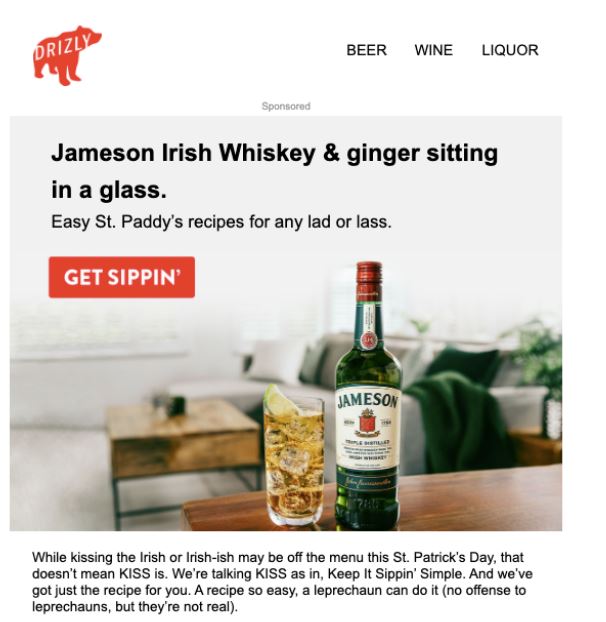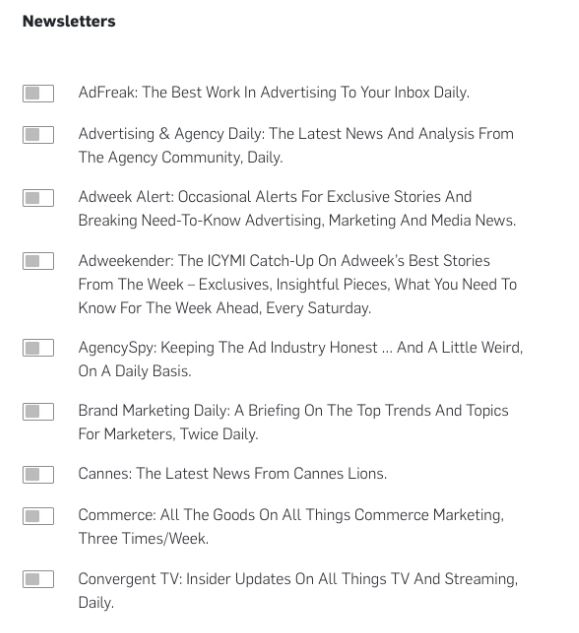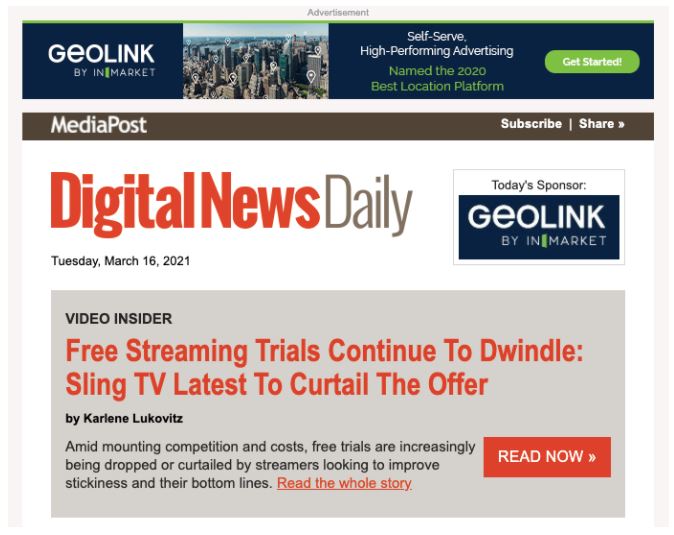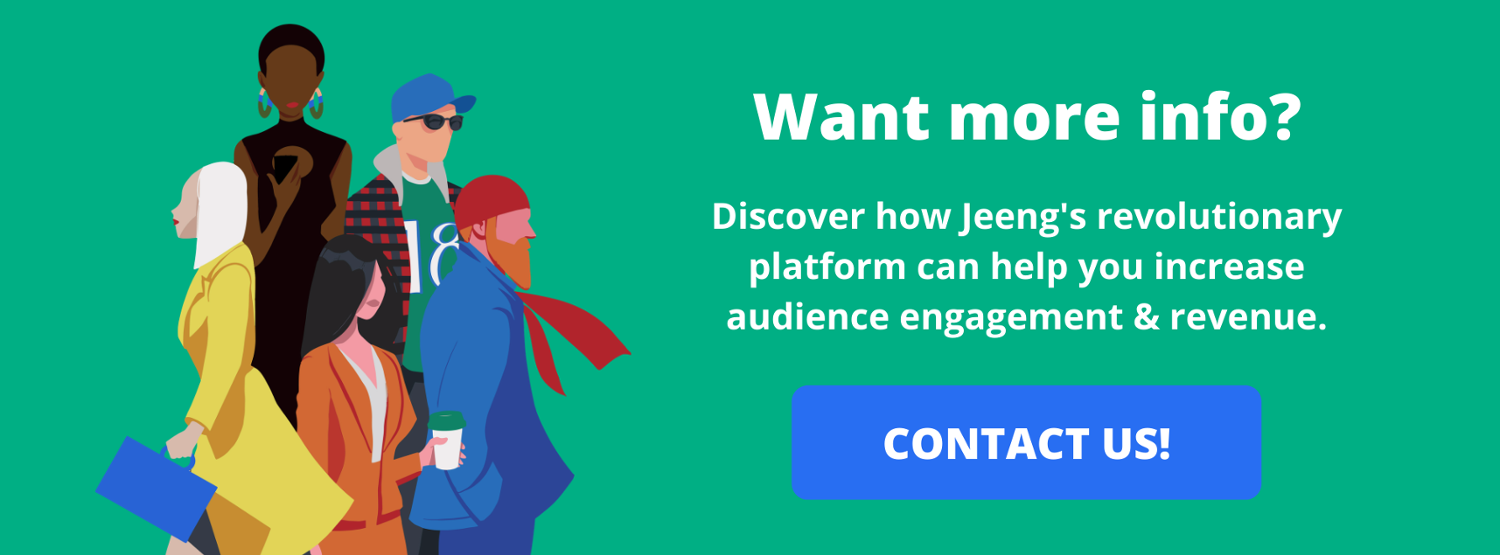If there are two things that describe the modern digital marketing experience, it’s these: cross-channel personalization and multichannel messaging.
People can consistently access their favorite content across channels and devices. And publishers and brands make that process as easy as possible by providing relevant, real-time content recommendations. In fact, Harvard Business Review reported that 73% of customers use multiple channels on their journey to making a purchase.
As I said in our “Thinking Outside the Inbox” series:
“Think about how you use popular services like YouTube, Facebook, or even Netflix. As you consume content, the platform learns what you like and begins to suggest additional content similar to what you’ve already consumed. It knows what you like and even more, what you might like.”
Now take that capability beyond streaming platforms and consider how it can be applied across all channels — like email, push notifications, and websites. So customers can enjoy consistent, targeted experiences wherever they happen to find your business.
That’s the power of cross-channel personalization.
Here’s what you need to know about it — including why it’s so important and how you can make it work for your publication.
What is cross-channel personalization?
Cross-channel personalization, sometimes called omnichannel personalization or multichannel personalization, is the process of delivering customized, uniform messaging across all channels.
For example, a subscriber who signed up to receive alerts about political news stories might see an email, desktop notification, and mobile notification informing them about newly published content that meets their interests. They enjoy consistent messaging across channels, reaching them wherever they’re active and ready to engage.
As a note, cross-channel personalization isn’t the same as multichannel advertising, which involves creating promotional messaging across channels, such as social media ads or website display ads. Cross-channel personalization, on the other hand, can involve organic or paid content, is unvarying across channels, and always provides value to the user based on their unique preferences.
Why is cross-channel personalization important?
Cross-channel personalization is important because, in a nutshell, it makes customers’ lives easier and drives engagement. By reaching them across multiple touchpoints with content that meets customers’ interests, businesses improve their chances of garnering clicks, time spent with their messaging, and conversions — be it on a certain channel or back at their website. As Epsilon reported, 80% of consumers are more likely to buy from businesses that provide personalized experiences.
Another benefit of cross-channel personalization is increased brand recognition. Reaching customers with frequent, consistent, identifiable content on their favorite channels can help them remember your brand and keep you top of mind. So, the next time they need to make a purchase or seek a piece of helpful information, they’ll turn to your business.
Take drink delivery service Drizly, for example. The business reached subscribers via email with timely content and offers for St. Patrick’s Day.

On top of that, people who visit the site and sign in will see similar messaging — providing consistent brand colors and copy across channels.

That’s not all, though. Cross-channel personalization provides publishers with the opportunity to build unique audience segments. Hence, the personalization part.
Take a look at Adweek’s newsletter options, for instance. Each of these choices represents a unique audience segment that the publisher can use to launch personalized content across channels. Even within those segments, Adweek can personalize messaging according to new subscribers, inactive subscribers, and loyal subscribers.

Each newsletter offering also delivers valuable data that can be activated for optimization and even monetization — helping publishers increase revenue and provide more refined ad targeting. MediaPost, for instance, populates its email newsletters with multiple ad slots:

How do you do cross-channel personalization?
The key to delivering cross-channel personalization lies in first-party data. This data is provided directly by customers, such as when they sign up for a newsletter or free trial, and can be used to identify them across channels.
Take the email address. It’s arguably the most powerful piece of customer data out there. It’s tied to people’s favorite subscriptions, websites, and apps, making it a clean, trustworthy, and easily trackable identifier — much more than third-party cookies, which are going extinct anyway.
With one email address, you can build a comprehensive customer profile of a user’s interests, behaviors, and preferences. And you can meet them with cross-channel, personalized content that adheres to those specifications.
You just need the right system to help you make the most of that data and deliver those next-level customer experiences.
Get started
Launch your multichannel messaging strategies to engage audiences today. Whether you want to personalize content via email, push notifications, website ads, or news reader apps — or all of them combined — we can help you do it.
Ready to increase engagement through cross-channel personalization? Contact us today to get started.




